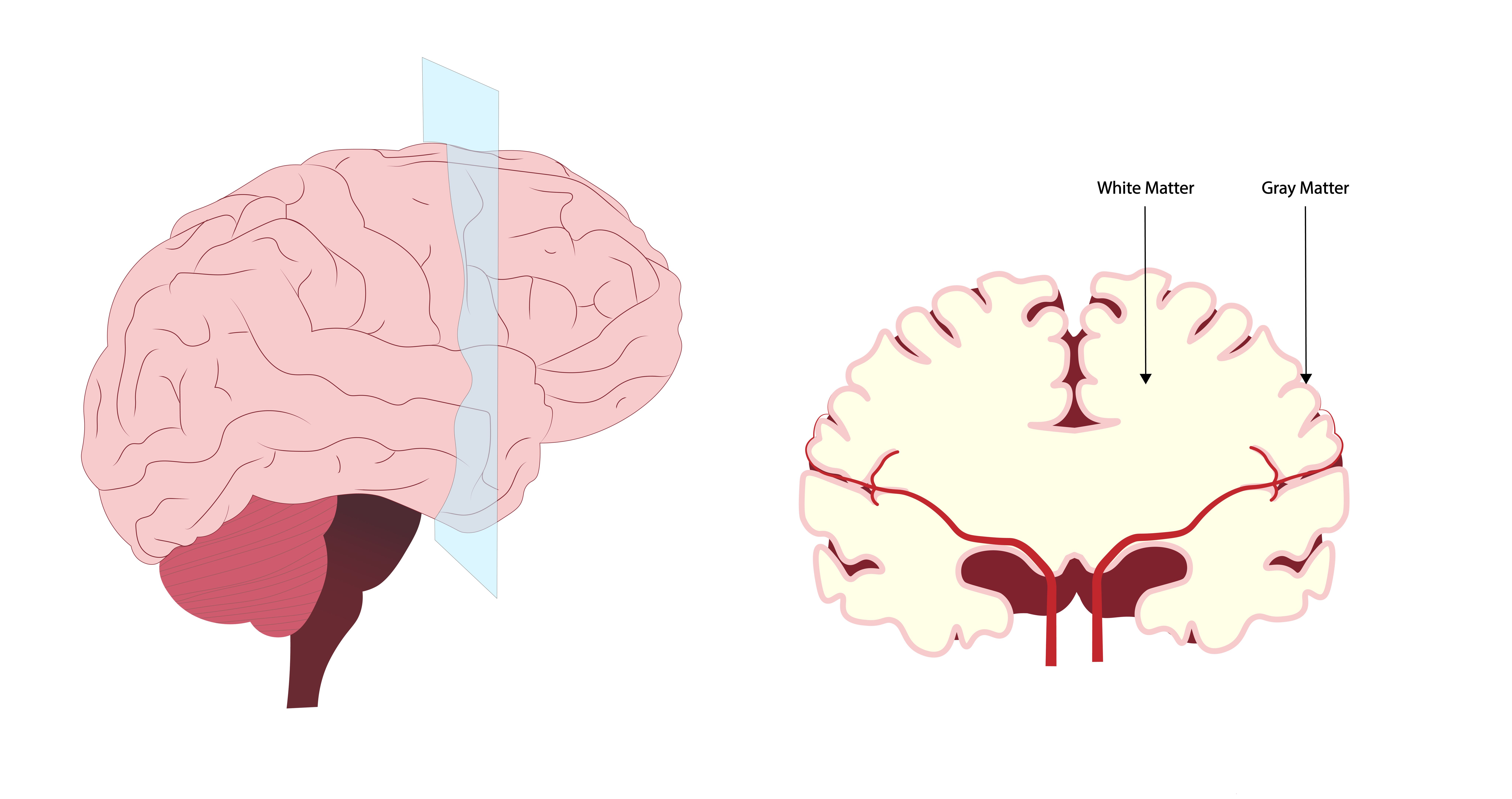News
Article
Gray Matter Atrophy in MS a Strong Indicator of Progression, Study Suggests
Author(s):
A cross-sectional, prospective study found that gray matter atrophy was more prevalent in patients with more severe progressive multiple sclerosis (MS) compared with those with less severe progressive disease.
Patients with more severe progressive multiple sclerosis (MS) have significantly higher degrees of gray matter (GM) atrophy vs those with less progressive MS, according to a recent study published in Journal of Neurology. These findings indicate that GM could be a strong biomarker of disease progression in people with MS (pwMS); however, more research is needed in this area.1
“A subset of patients with MS progress to a stage termed ‘severe progressive MS,’ characterized by profound ambulatory disability and/or cognitive impairment, which necessitates extensive assistance in daily living. This group has not been sufficiently represented in research, leading to a lack of targeted approaches,” Robert Zivadinov, MD, PhD, lead investigator, expressed in an interview with The American Journal of Managed Care® (AJMC®).
“Current research has not adequately characterized the phenotypic diversity of severe progressive MS due to inconsistent definitions and the practical challenges associated with studying this group. There is a clear need for focused research on severe progressive MS to understand its unique pathology, especially considering little acute inflammation observed in these patients, which challenges the effectiveness of current disease-modifying treatments,” Zivadinov added.
Gray matter is an abundant brain tissue found in the cerebellum, brain stem, and cerebrum | image credit: Jenifer - stock.adobe.com

As brain lesions in MS have been long established as biomarkers for the severity of progressive disease, studies like Zivadinov et al’s have challenged this notion.2 The comprehensive assessment of severely affected MS sought to evaluate the relationship between the severity of progressive MS and a patient’s brain pathology. Throughout the investigation, molecular biomarkers and neuroimaging factors were analyzed with MRIs and blood samples to potentially distinguish pwMS across the varying stages and severity of progressive disease. Between 2020 and 2021, pwMS classified as severely disabled in skilled nursing (SD/SN; Expanded Disability Severity Scale [EDSS] of 7.0 or above) were recruited. These patients were matched with pwMS (EDSS, 3.0-6.5) who had a lower degree of disability according to age, sex, and disease duration (DDM).
In total, 42 SD/SN and 42 DDM pwMS were eligible for participation. The average disease duration and age were similar between groups (62.3 vs 61.8 years and 29.3 vs 27.8 years, respectively); however, the median EDSS score significantly differed between the SD/SN and DDM groups (8.0 vs 6.0; P < .001). Within the SD/SN cohort, 81% and 19% (n = 34 and 8) were diagnosed with nonrelapsing progressive and progressive MS; these percentages were 31% and 59.5% (n = 13 and 25) in the DDM group, respectively.
In MRI analyses, SD/SN participants exhibited significantly lower cortical volume (CV; 472.8 mL vs 593.1 mL; P < .001) and thalamic volume (11.8 mL vs 13.6 mL; P = .001) levels vs DDM participants. As the researchers moved on to a logistic stepwise regression model, lower CV was the strongest differentiator between SD/SN and DDM individuals, demonstrating 82.3% accuracy. Measures of medulla oblongata volume—which is used as a substitute for white matter lesion burden and spinal cord atrophy—did not significantly vary between the groups; however, the researchers noted that the SD/SN group trended toward higher levels of serum glial acidic fibrillary protein compared with the DDM group.
“The significance of our published research lies in its potential to redefine the approach to studying severe progressive MS, and to align with international recommendations for focused research of the pathophysiological mechanisms in severe progressive MS,” Zivadinov told AJMC.
He then concluded, “By identifying precise biomarkers and clinical outcomes, this will have a substantial impact on future research directions and clinical trial designs for severe progressive MS. Our findings showed that severe progressive MS is associated with specific patterns of gray and white matter CNS [central nervous system] degeneration that are different from less severe forms of the disease.”
References
1. Zivadinov R, Jakimovski D, Burnham A, et al. Neuroimaging assessment of facility-bound severely-affected MS reveals the critical role of cortical gray matter pathology: results from the CASA-MS case-controlled study. J Neurol. 2024. doi:10.1007/s00415-024-12420-2
2. Goldbaum E. Study focuses on brains lesions, MS progression. University of Buffalo. February 24, 2023. Accessed June 13, 2024. https://medicine.buffalo.edu/alumni/classnotes/news.host.html/content/shared/smbs/news/2023/02/zivadinov-brain-lesions-ms-16766.detail.html




